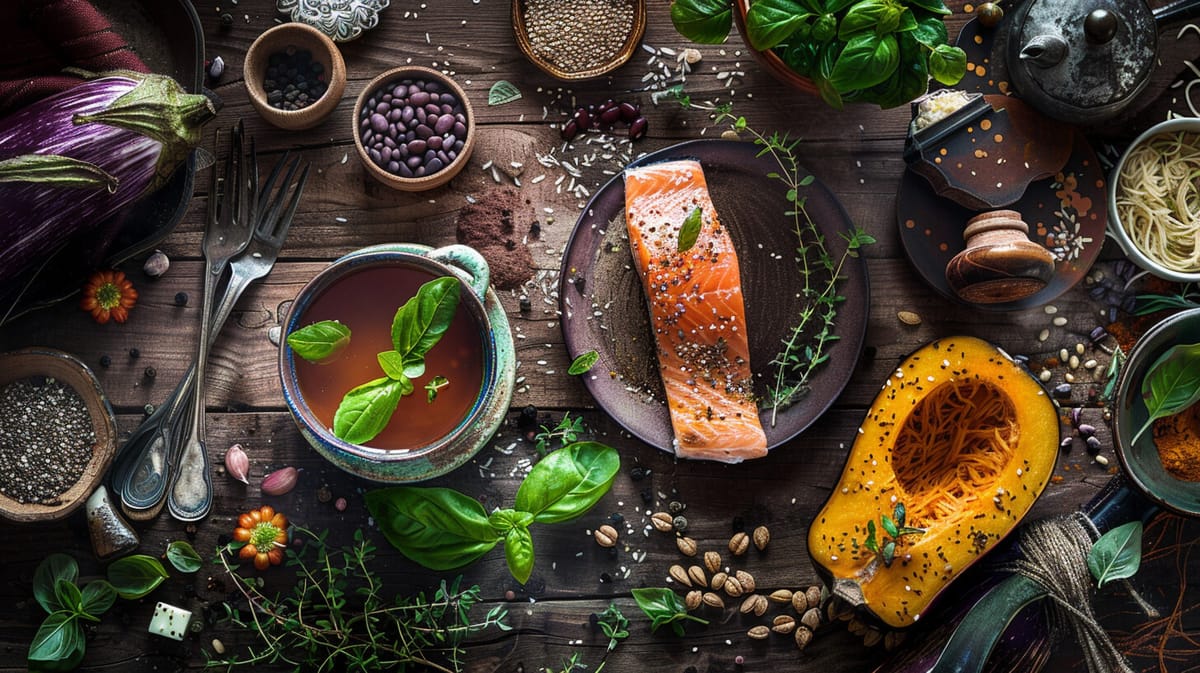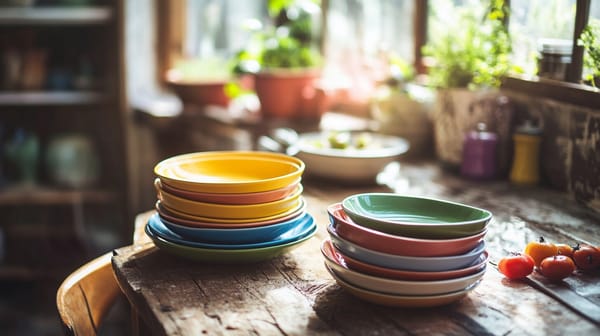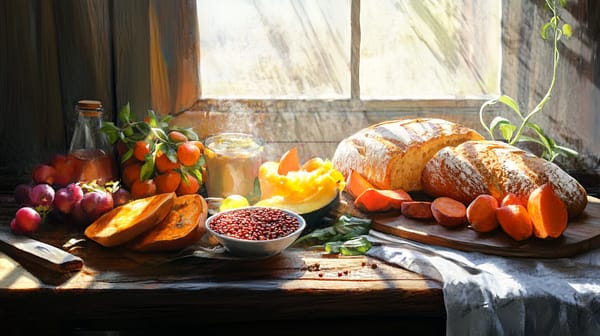7 Nutrient-Dense Foods Dietitians Recommend Eating More Of

Barley: The Underappreciated Whole Grain
Barley may not be as trendy as oats, but this affordable, filling, and nutrient-dense grain is a fantastic choice. Like oats, barley contains soluble beta-glucan fiber which helps regulate digestion and supports a healthy gut microbiome. It's also a good source of potassium, plant sterols, and slow-digesting carbohydrates that keep blood sugar stable. Enjoy barley in grain bowls, risottos, or as a more satisfying substitute for rice or couscous.
Basil Seeds: The Next Super Seed
Move over chia seeds, basil seeds are the new nutrient-packed super seed on the block. Despite being relatively flavorless, they boast twice as much digestion-regulating fiber as chia. Basil seeds are also rich in bone-building calcium and magnesium, iron, and plenty of antioxidants to help fight inflammation. Like chia, blend them into smoothies, mix into baked goods and pancakes, or soak them in liquid for a gel-like basil seed pudding. Aim for about 2 tablespoons per day to reach over half your daily fiber needs.
Black Beans: A Gut Health Superfood
Black beans are an incredible source of fiber, packing in 15 grams per cup. They contain fermentable resistant starch which helps cultivate a diverse, healthy gut microbiome. The combination of protein, fiber and slow-digesting carbs in black beans provides longer-lasting, stable energy. Plus, they are loaded with essential minerals like zinc, iron, and energizing copper. To avoid digestive discomfort, start with a small 1/4 cup serving and gradually increase as your system adjusts. Enjoy them in chilis, baked goods, and simple bean-centric meals.
Bone Broth: Protein-Packed Elixir
Sipping on bone broth is an easy way to support gut health while getting a protein boost. One cup contains only 41 calories but delivers 9 grams of protein. It's also packed with antioxidants and may help alleviate respiratory inflammation. When purchasing, check sodium levels or make your own by simmering leftover chicken bones with aromatics. Enjoy solo as a warming snack or use it as a base for egg drop soup.
Eggplant: The Versatile Purple Veggie
This underrated vegetable is rich in potassium, fiber, and vitamins A, C, and K. Its meaty texture makes it great for enhancing plant-based meals. Get creative by making stuffed eggplant "boats", pizza-like slices topped with sauce and cheese, lighter eggplant parmesan, or adding it to stir-fries. Eggplant's fiber and nutrient density will help keep you satisfied.
Spaghetti Squash: The Low-Carb Pasta Alternative
For an easy, nutritious, low-carb alternative to pasta, turn to spaghetti squash. It's high in vitamins B6, C, and filling fiber, yet has only a fraction of the calories and carbs compared to traditional pasta. One cup of cooked spaghetti squash has just 42 calories and 10 grams of carbs versus 220 calories and 43 grams in the same amount of pasta. Use it as a base for your favorite pasta toppings or try it in simple bakes and casseroles.
Wild Salmon: Omega-3 Fatty Acid Powerhouse
Fatty fish like wild-caught salmon is one of the best sources of anti-inflammatory omega-3 fatty acids. It also provides calcium, vitamin D, potassium, and high-quality complete protein to support weight loss. Eating 8-9 ounces per week meets your omega-3 needs. Wild salmon has a higher omega-3 to omega-6 ratio than farmed, but both types are nutritious options. Bake it with veggies, make salmon burgers, or use smoked salmon to top avocado toast for a brain-boosting meal.




